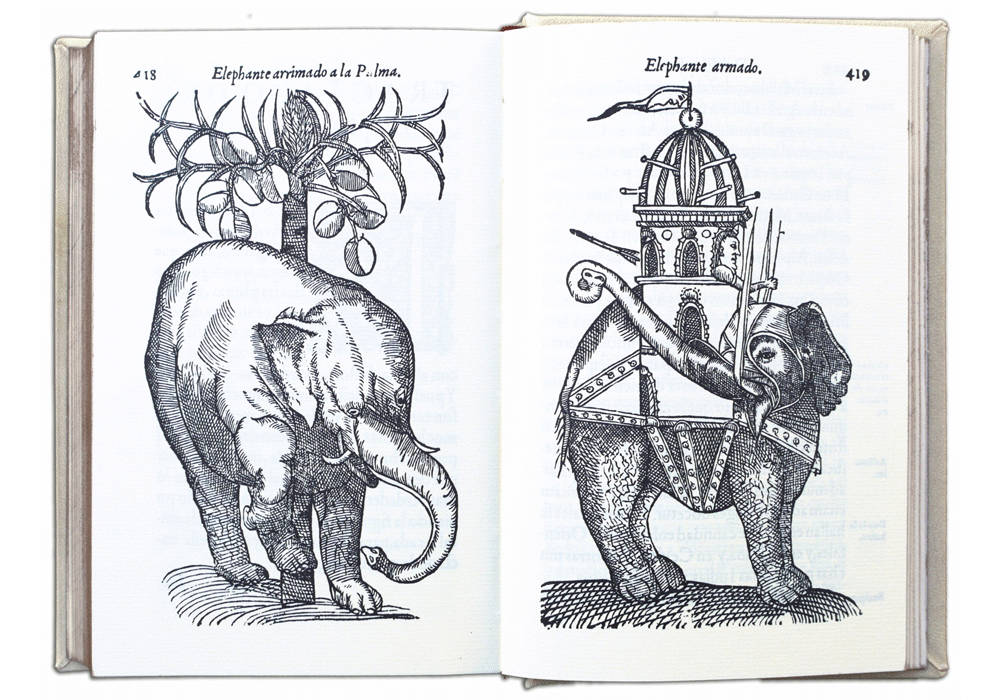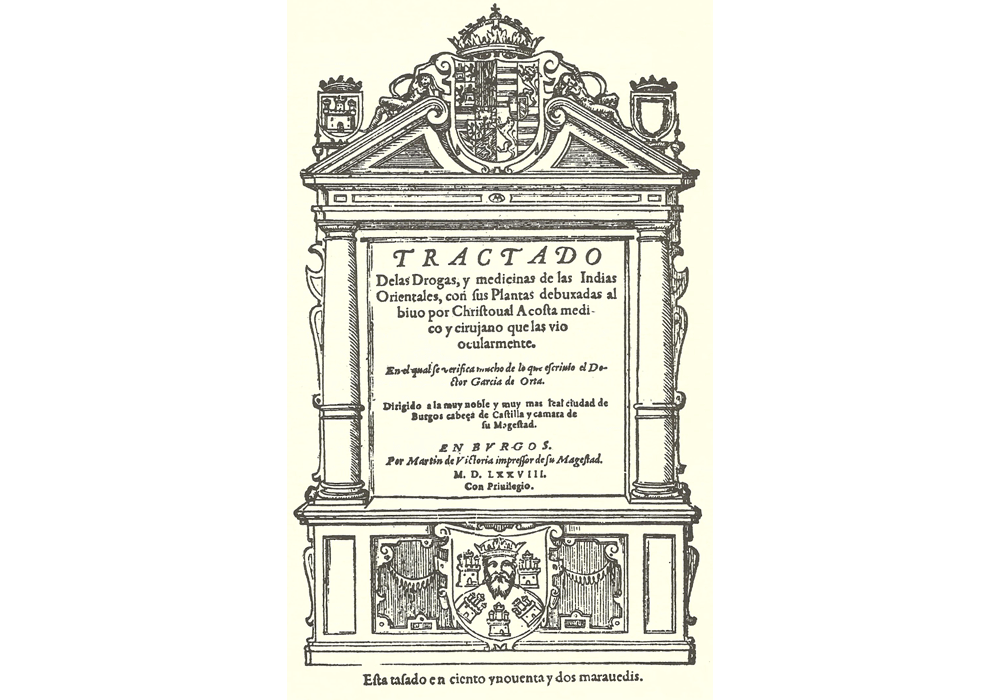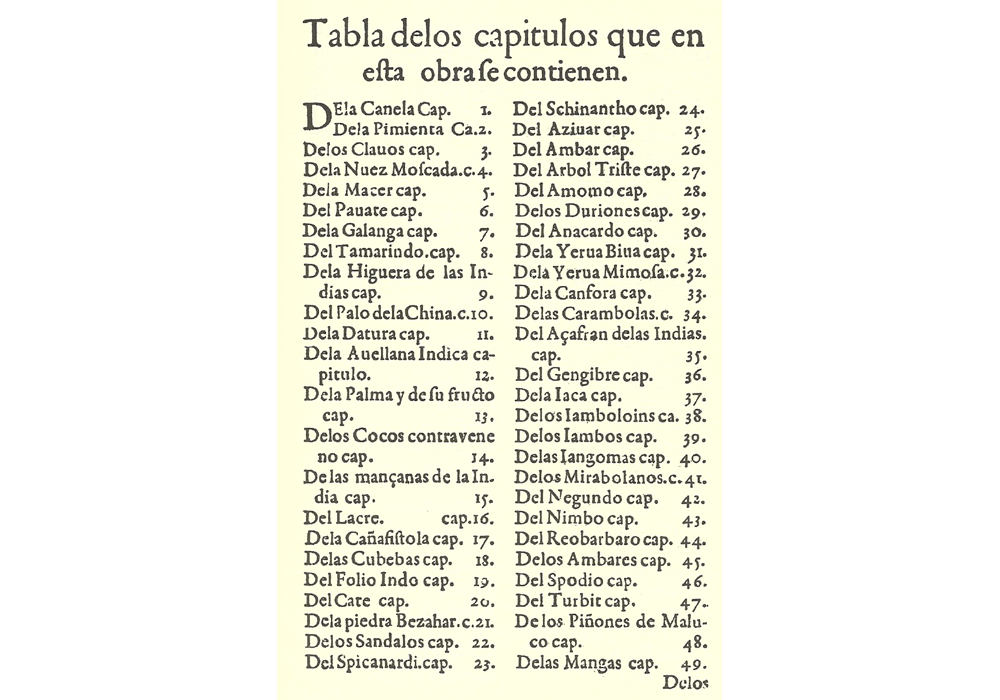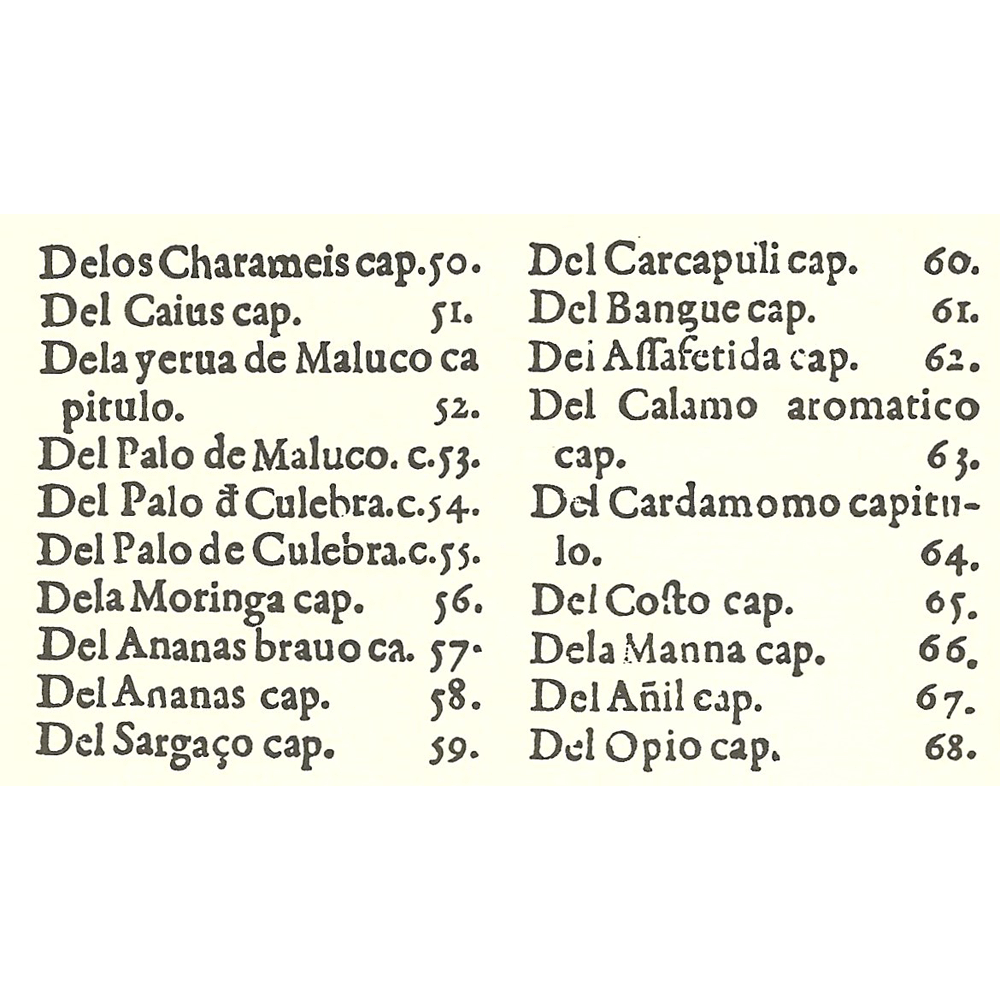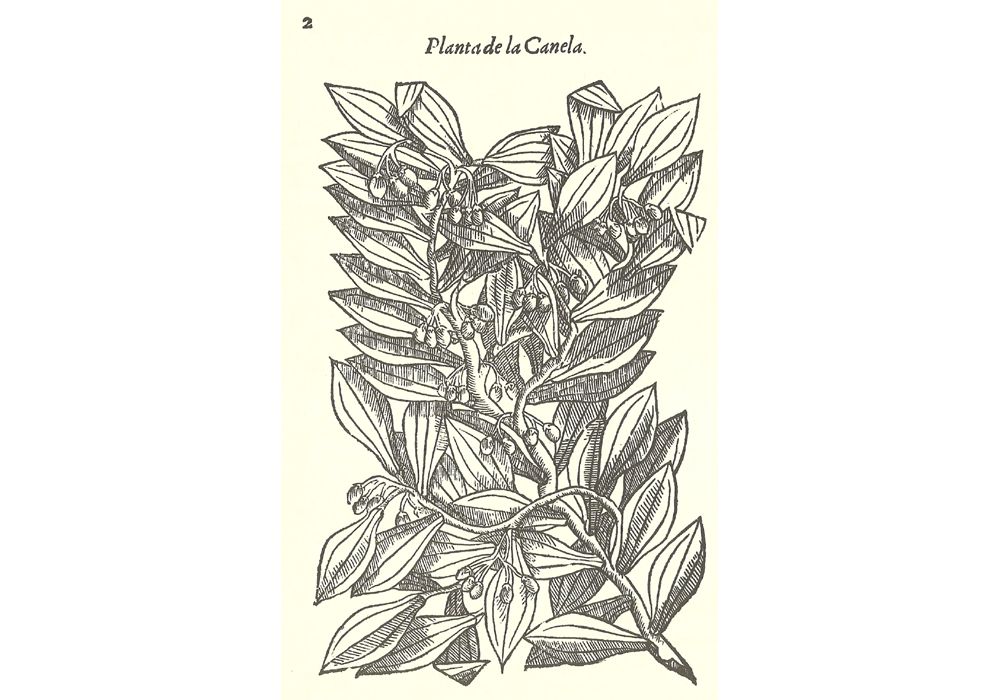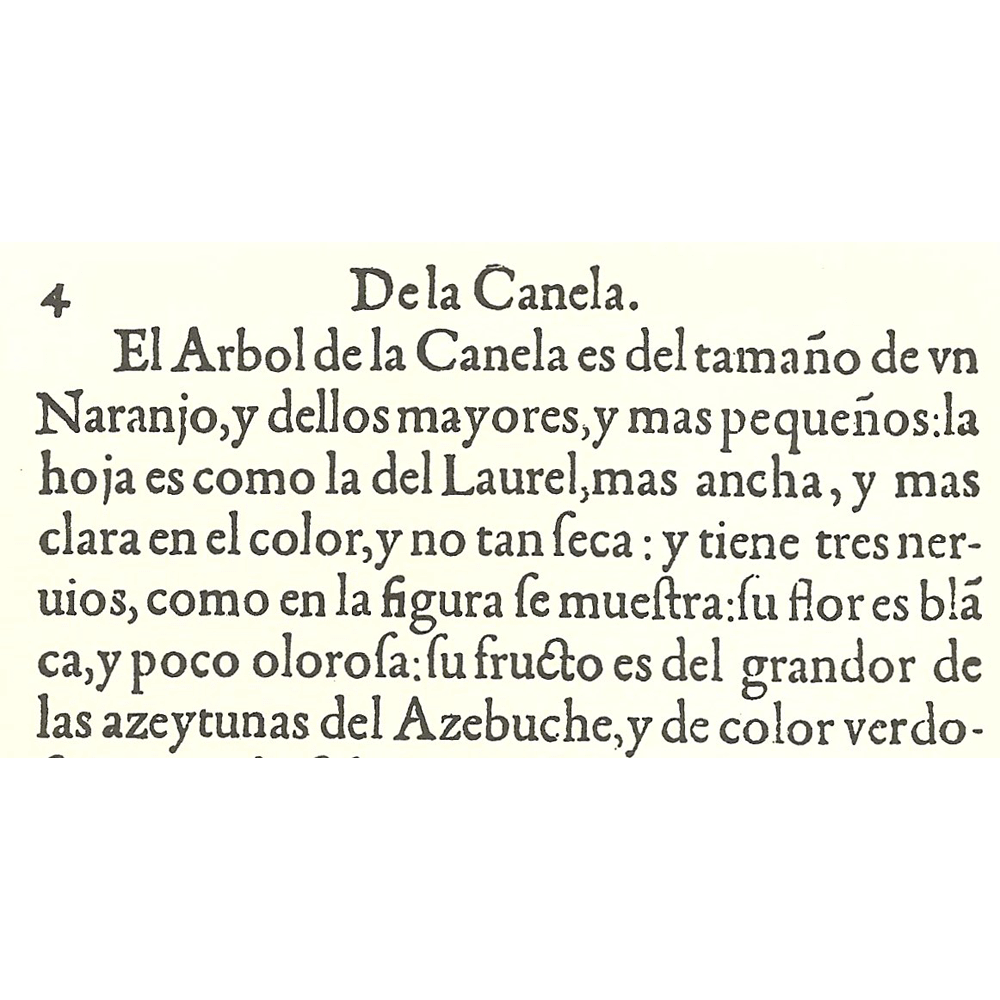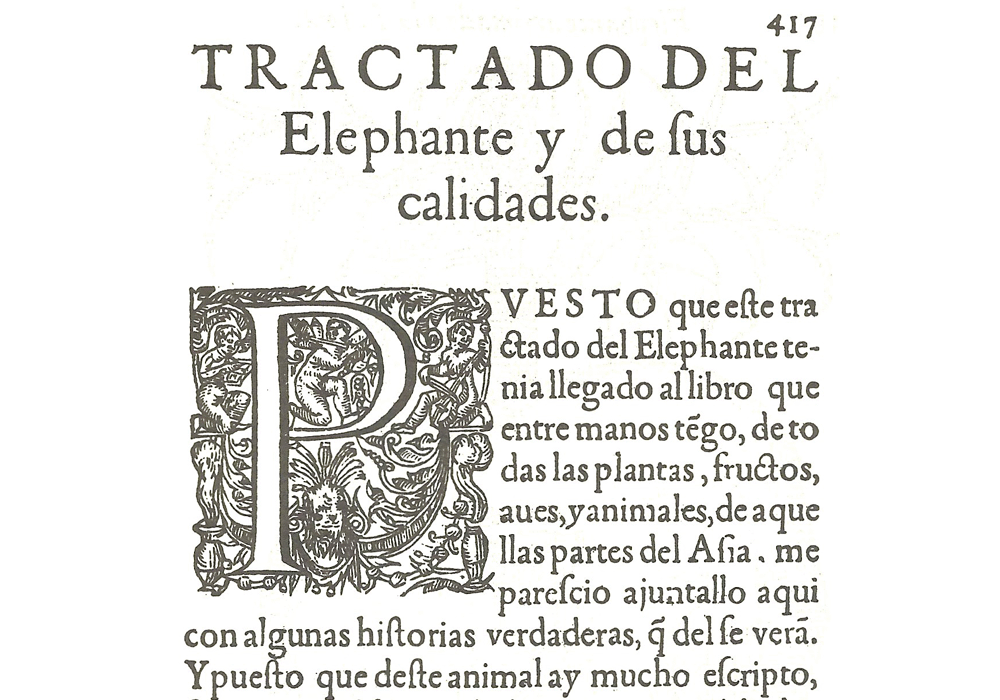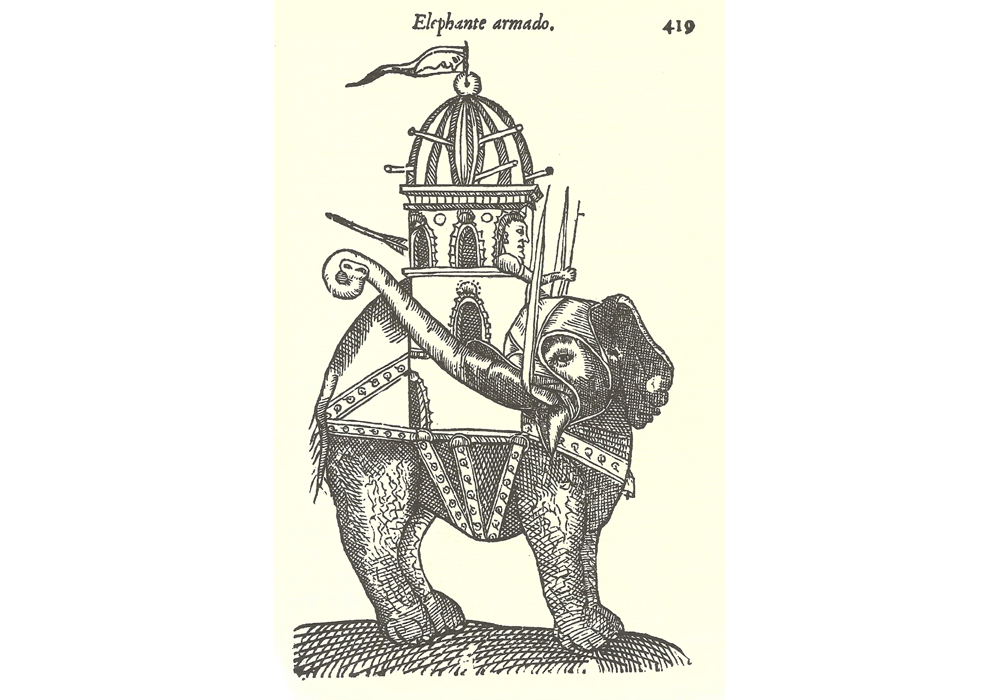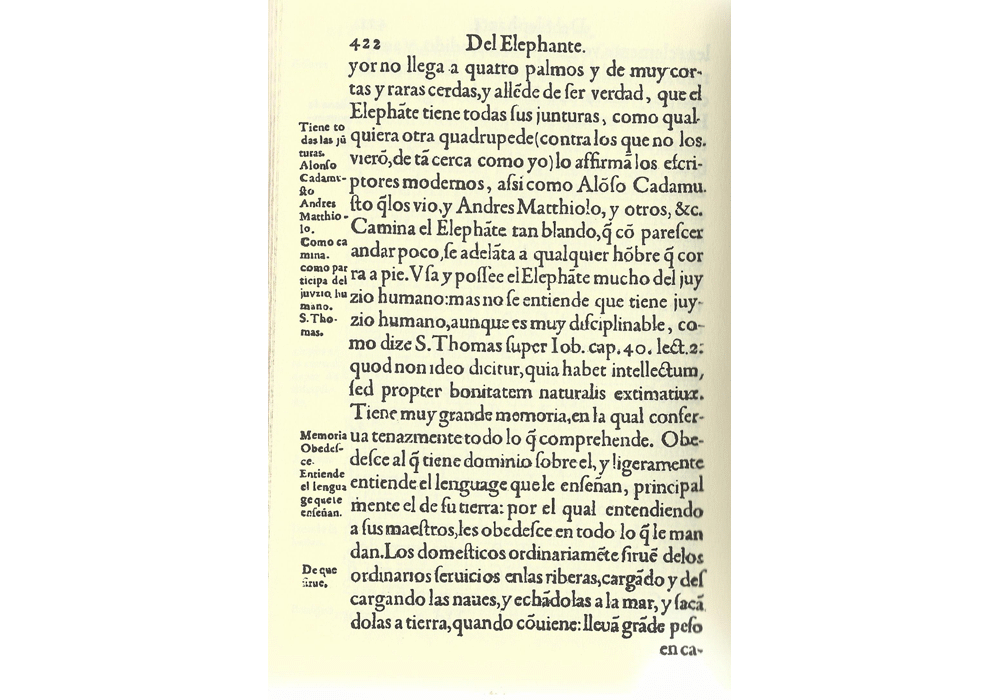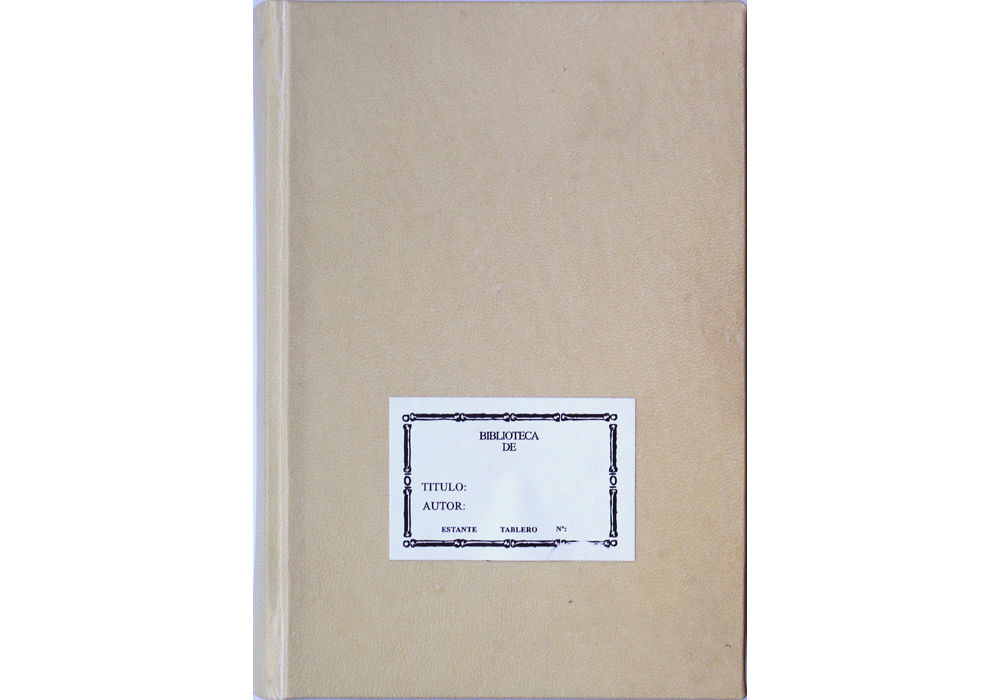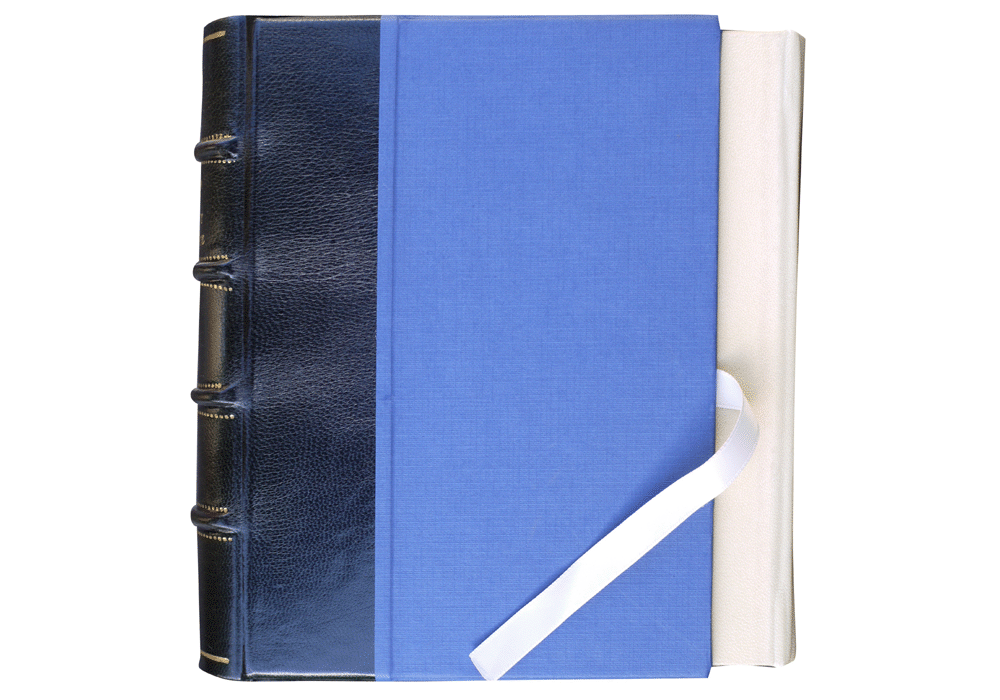|
|
|
| Seguir @vicentgarciaedi Twittear |
|
vgesa |

|
|
|
Synopsis: This book introduced the most important Asian plants to Europe, from the medical perspective and their use as spices, such as cinnamon, pepper, clove, nutmeg, tamarind, rhubarb, ginger, etc. For many centuries Europeans had been consuming these products, which arrived from the East by means of the "spice route" or the "silk route", but were unaware of the plants from which the spices originated. Cristóbal Acosta made many long journeys across eastern Asia, during which "he saw them with his own eyes", studied them and "sketched them in real life". On his return to Spain, his work presented the results of his labour, offering almost fifty drawings of surprising accuracy, which were the first printed images on this subject. As an annex, the work contains a Tractado del elefante, which is also the first monographic study published on this animal, with two drawings which brought an end to the fanciful images which were in circulation at the time in Europe. The facsimile is an impeccable copy of the first edition, kept in the Biblioteca Histórico-Médica de la Universitat de València. Acosta’s Tractado was one of the scientific books with the greatest number of reeditions in the Europe of that era, and was translated into several languages.
|
IBIC Rating: |
||
|
AC History of art / art & design styles |
1D Europe |
|



